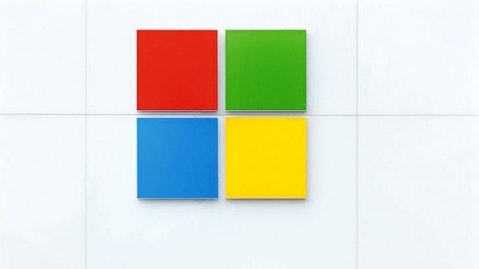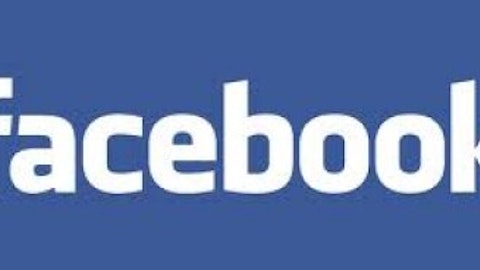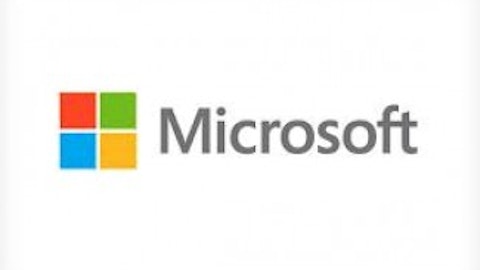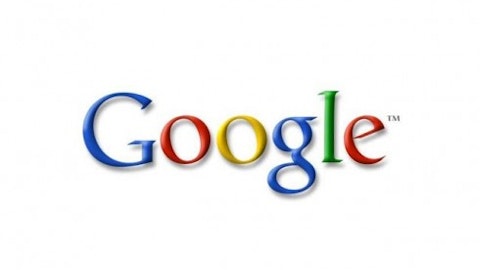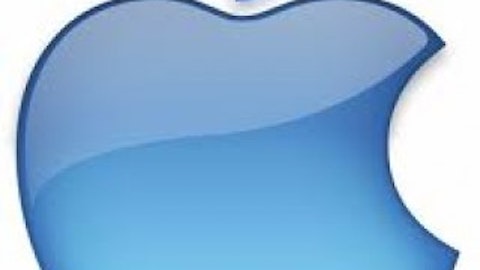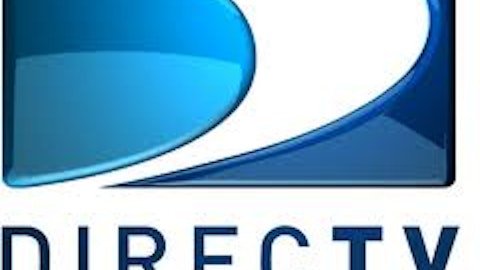Some have been very critical of Microsoft Corporation (NASDAQ:MSFT)‘s Windows 8 operating system. In fact, one of our very own here at The Motley Fool, Salvatore “Sam” Mattera, believes that Windows 8’s start button won’t be very successful at appeasing traditional Windows users. His criticism is well-meaning, but I honestly can’t join in on any of it.
Mattera states:
Windows 8 is designed around the new Metro interface — a tiled start screen optimized for touch. Through one of these tiles, a user can get to the desktop, but even there, things are different (such as the aforementioned loss of the start button).
Windows 8, when installed on a traditional desktop or laptop, gives no useful, additional functionality. Microsoft Corporation (NASDAQ:MSFT) has been pushing for touch-based laptops and desktops, but having touch on those form factors is basically pointless. (I am currently writing this on a touch-enabled laptop. In the month that I’ve had it, I can count the number of times I’ve used its touch screen on one hand.)
Microsoft Metro
Windows 8 comes with Microsoft Metro, which is essentially a revamp of the company’s desktop to make it look more similar to the smartphone. The reasoning for Microsoft Corporation (NASDAQ:MSFT) Metro is pretty simple: most desktop computers running on Windows 7 use applications through the internet. The whole purpose of Windows 8 was to enable users to access web-based programs directly through the desktop and to increase the amount of content consumption outside of the web.
This is where Apple Inc. (NASDAQ:AAPL) has been able to shine. Unfortunately for Windows 8, users are having a hard time adjusting to the idea of accessing content directly from the desktop rather than navigating through the internet to web-based programs. The design of Metro is intended to appeal to a broader audience, but some feel as if they have been betrayed by their favorite brand, and rightfully so. After all, Windows has been Windows since I was a kid. I love the traditional design, but I also recognize the direction the company is taking and why it is making that decision.
Mattera mentions that he can barely count the number of times he has used the touch screen. My response to that is I can’t remember the last time I looked at my Windows 7 desktop screen. Almost everything I do is based on navigating through the internet, which is becoming increasingly primitive as application stores effectively centralize all forms of content into a one-stop-shop location. After downloading an application, it is easier to access the application from the desktop than it is to type in a web-address for every form of content needed.
Teenagers are warming up to Windows 8

Source: Piper Jaffray
According to Piper Jaffray, 5% of teenagers in the United States are going to make their next phone purchase a Windows phone. Now remember, the “next phone purchase” carries a lot of meaning as your traditional smart phone carrier has a long-term contract that lasts for around two-years. Meaning that the average consumer is stuck with their phone, and they have to wait before upgrading. So this market study could be useful in indicating long-term trends that could take place over the next 2-3 years.
Apparently, a mere 21% of teenagers want their next phone to be an Android, which means that Google Inc (NASDAQ:GOOG) could be in a lot of trouble. On the other hand, what consumers are migrating towards is, surprisingly, Windows.

Source: ComScore
Google Inc (NASDAQ:GOOG) currently has 53.4% market share in the United States. Therefore, going forward, it is pretty practical to anticipate a significant decline in the number of Android-based handsets over the course of two years within the United States.
The trend is your friend, and with 5% of teenagers planning to make Microsoft Corporation (NASDAQ:MSFT) their next phone purchase, Microsoft just might lift itself from 2.9% market share to more than 5% in the next couple of years.
Why the migratory patterns
People who upgrade their computer to Windows 8 are now familiar with Microsoft’s mobile operating system. Microsoft needs a way to get a foothold into the mobile market, and it seems it has found the most appropriate strategy: to make the mobile operating system the same as its desktop counterparts, which is going to give the company added gains in revenue and net income going forward.
The survey data from Piper Jaffray seems to support the conclusion that Apple Inc. (NASDAQ:AAPL) is winning back consumers that have migrated to Android. Many consumers bought an Android device in hopes of having a different or more unique computing experience.
Both Apple and Microsoft adopted a strategy of little or no device customization. Microsoft Corporation (NASDAQ:MSFT) took it a step further by only providing applications that users will actually use on the Windows Mobile Metro. Both Apple and Microsoft are coming in with the mentality that customization is not that important; while Android’s greatest strength is in the flexibility of the mobile experience each individual user is able to customize for himself or herself.
What to invest in
Google can still monetize Android through the Google Play Store in foreign markets even if it loses market share within the United States.

Currently, Android has 75% of the global market share, but I anticipate this figure to decline as the company will eventually lose its foothold in the United States to Apple and Microsoft. Even though Microsoft Corporation (NASDAQ:MSFT) is a late entrant, it has had a track record of winning in established markets, for example, Microsoft grew its Xbox segment into having 44% market share over the course of 12 years against Sony Corporation (ADR) (NYSE:SNE) and Nintendo.
Members of Google’s intricate system of other equipment manufacturers (OEMs), which include HTC, Samsung, and LG Display Co Ltd. (ADR) (NYSE:LPL) should not be part of your portfolio. These companies may not have staying power, and a decline in sales will hurt these OEMs more than it will Google. Google will be able to generate a large amount of app sales through emerging markets even if Android market share drops.
Conclusion
Putting everything into perspective, here is how the smartphone market is going to be split. Google’s Android is the equivalent of the European Union, Apple is the superpower, meaning the United States, and Microsoft is the emerging dragon from the Far East.
Over the next ten years, I believe that Apple’s market share will level off at an even split to Google’s union of smartphone manufacturers. Meanwhile, Microsoft will dominate a separate corner representing 10%-20% of global market share.
Alexander Cho has no position in any stocks mentioned. The Motley Fool recommends Apple and Google. The Motley Fool owns shares of Apple, Google, and Microsoft. Alexander is a member of The Motley Fool Blog Network — entries represent the personal opinion of the blogger and are not formally edited.
The article The Kids Are Starting to Like Windows 8 originally appeared on Fool.com and is written by Alexander Cho.
Copyright © 1995 – 2013 The Motley Fool, LLC. All rights reserved. The Motley Fool has a disclosure policy.
